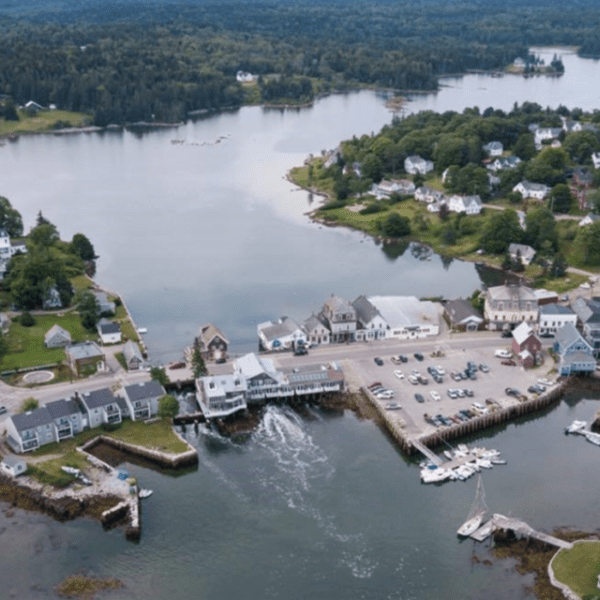On October 7, 2023, California became the first U.S. state to pass marine energy-centric legislation with Governor Gavin Newson (D-CA) signing S.B. 605, the “Wave and Tidal Energy Bill,” into law. California’s marine energy bill was the second to appear in state legislature within the past year, following New Jersey’s Ocean Energy bill, A4483 Aca(1R), introduced in September 2022.
While the New Jersey bill has not yet been enacted into law, the prevalence of state-led marine energy legislation represents a promising push for replicable marine energy technology, both in terms of development and deployment.
The legislative success of California’s “Wave and Tidal Energy Bill” demonstrates the power advocacy has on state-level legislature’s role in water power industry investment, resulting in development and environmental benefits while also offering a roadmap to organizations interested in petitioning state governments for support.
OVERVIEW OF STATE BILLS
California’s Wave and Tidal Energy Bill
California has been in the news recently due to huge investment in hydrogen hubs, as well as the passage of a slew of clean energy legislation, which occurred last month.
The Wave and Tidal Energy Bill was introduced February 15, 2023, by California State Senator Steve Padilla (D-CA), and the law directs the California Energy Commission (CEC) to work with various state agencies and stakeholders to determine suitable locations for wave and tidal energy projects off the coast of California.
Additionally, the bill instructs the CEC to consider wave and tidal energy projects in its clean energy investment program, incentivizing and supporting technology demonstration projects.
With the Wave and Tidal Energy Bill’s passage, California has become the first state to codify wave and tidal development incentives. According to the National Renewable Energy Laboratory (NREL), marine energy in California has the potential to power over 13 million homes each year with clean, renewable energy, helping the state reach its ambitious renewable targets.
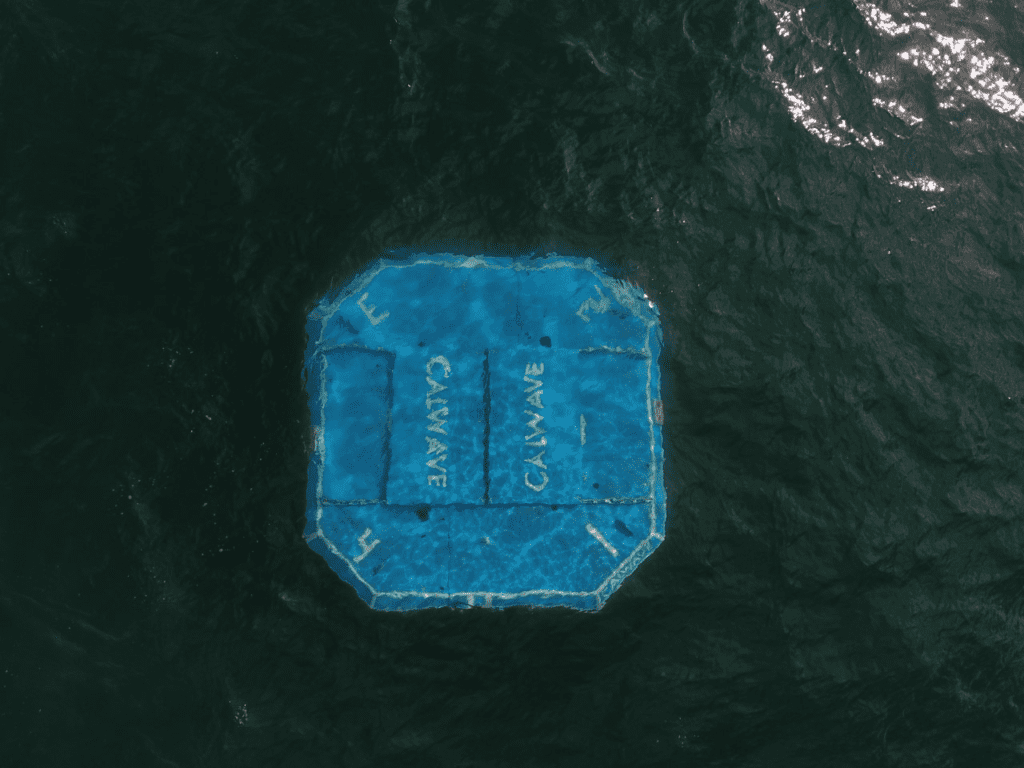
An overhead shot of CalWave’s xWave wave energy converter.
New Jersey’s Ocean Energy Bill
New Jersey’s Ocean Energy Bill was introduced by New Jersey Assemblyman Robert J. Karabinchak in 2022. As read, the bill would allow New Jersey to capitalize on its geographic advantages and become a hub of marine energy activity.
The proposed legislation would be transformational for New Jersey’s marine energy industry, and it involves two critical steps.
First, the Ocean Energy Bill directs the New Jersey Board of Public Utilities (BPU) and the Department of Environmental Protection (DEP) to evaluate the potential for marine energy in the state, which will provide state lawmakers and project developers with additional insights about the best sites for marine energy development in the state.
Second, New Jersey’s Ocean Energy Bill directs BPU to develop renewable energy credits (RECs) to support the development of marine energy, which would make New Jersey the first state to provide RECs for marine energy – a necessary policy support to facilitate the commercialization of marine energy technology. New RECs would drive future marine energy development into the state while bringing New Jersey up to par with international leaders in the marine energy space.
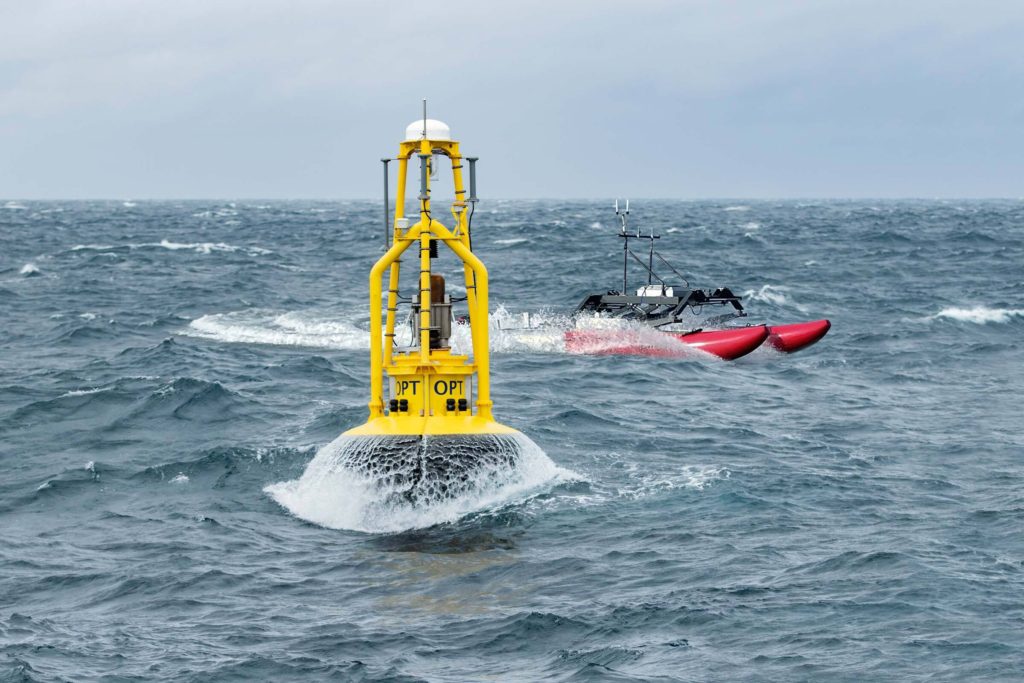
Ocean Power Technologies’ (OPT) PB3 PowerBuoy acts as an uninterruptable power supply, harvesting energy from the waves.
THE IMPORTANCE OF STATE-LEVEL LEGISLATIVE ACTION
State-level advocacy can be just as, if not more, impactful than petitioning U.S. Congress. While the federal government plays an important role in providing R&D and funding in the form of tax credits, federal grants, and loan guarantees, many of the decisions surrounding on-the-ground deployment and how appropriated money is spent are specific to each individual state and are therefore made at the state level.
State and local advocacy empowers groups, individuals, and organizations to influence legislation that directly impacts their communities. While practicing federal advocacy is critical to influence policy decisions, employing a state specific advocacy strategy could prove even more fruitful in helping an organization achieve its goals.
Federal and state government operate differently, so it’s important to understand why engaging with state government can be more effective in getting an organization’s interests incorporated into proposed laws.
1. It can be easier to get things done at the state level
In 2023, state legislatures across the U.S. introduced a combined 132,600 bills, of which over 30,800 were enacted into law. In comparison, as of early October 2023, more than 10,300 bills were introduced in the federal government. Of these measures, only 77 were signed into law.
During 2023, the U.S. Congress has had an 0.75% effective rate when it comes to passing bills, compared to the 23% effective rate at the state level. At the federal level, most legislation struggles to get past the point of introduction and never sees committee action. In most cases, it’s easier to get things done at the state level because of consolidated working periods and greater political access.
The pace, and therefore advantage, of state-level legislature is in its speed, as legislation to establish a national energy mandate or regulation could take a decade to pass in Congress, yet localized legislature has the potential to move through state legislature over the course of several months.
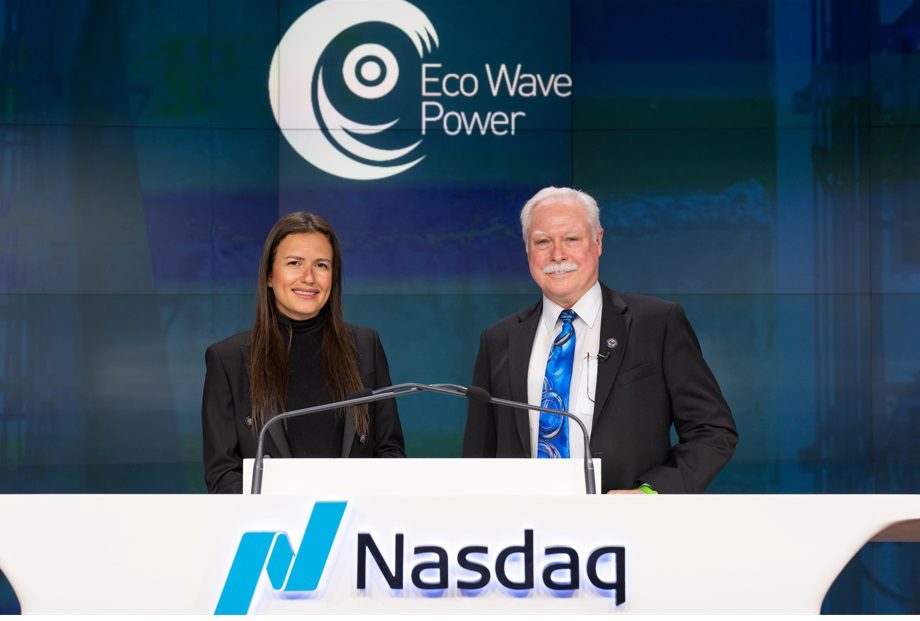
Inna Braverman, CEO of Eco Wave Power, at the New York Stock Exchange with New Jersey Assemblyman Robert Karabinchak.
2. States are policy pioneers and innovators
Many of the ideas behind the legislation observed in the federal government are catalyzed at the state-level. States are faced with their own unique set of economic, social, and political considerations that shape their respective policy solutions and drive innovation.
The resulting legislation provides a framework from which other states can learn or adopt. Furthermore, successful state-level policy initiatives can inform national policy, and oftentimes federal policy ideas take shape in the states.
Many states in the U.S. have set clean energy goals through renewable portfolio standards. States will need new, innovative technologies, such as marine energy, to meet these ambitious goals. Specifically, California and New Jersey have set net-zero emission goals by 2045 and 2050, demonstrating a growing commitment to advancing new and innovative clean energy technologies, including harnessing the untapped clean energy potential of U.S. waves, tides, currents, and rivers.

Oscilla Power’s Triton Wave Energy Converter in Hawaii for testing at the United States Navy’s Wave Energy Test Site (WETS).
State-level legislative activity is important for the marine energy sector, as well as the broader water power industry, because of the limitations placed on federal action. While the U.S. marine energy sector benefits from ongoing federal support through both funding and research & development, the U.S. Department of Energy’s (DOE) Water Power Technologies Office (WPTO) cannot support the current volume of marine energy work. Due to NHA’s efforts, the federal budget for marine energy support has steadily increased over recent years, but funding only represents one barrier to marine energy advancement in the U.S.
State and local government support is integral to getting marine energy technologies deployed. Relationship-building with local regulators and communities is important for the advancement of the sector. By directing feasibility studies and pilot project deployments, states can lead the way in showcasing how marine energy technologies can serve as viable, necessary clean energy sources while also speeding up the commercialization timeline.
Thanks to state-level action, marine energy technologies are closer to reaching deployment goals set forth by the NHA Marine Energy Council within the published Commercialization Strategy.
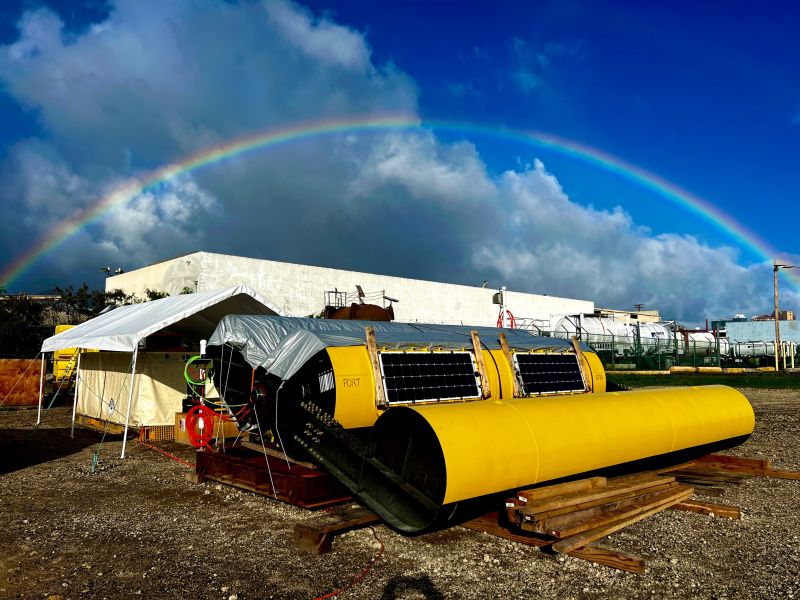
C-Power’s SeaRAY at WETS in Hawaii.
FOR MORE INFORMATION
As states pursue renewable energy targets, new and innovative ways to meet these objectives are being considered, making now an ideal time to reach out to local legislators to ensure your work is represented in statewide carbon reduction goals.
National Hydropower Association’s (NHA) California Regional Meeting comes to San Diego from December 13-14, 2023. Attendees will have ample opportunity to engage with the state’s water power community, develop connections, and learn from expert speakers. Additionally, attendees will be able to tour the Ellen Browning Scripps Memorial Pier, which is a research facility housing numerous monitoring stations. Participants will be joined by representatives from Center for Western Weather and Water Extremes who will discuss how pier observations inform research into water power. For more information, click here.
For questions about marine energy technologies, contact NHA’s Kelly Rogers, Manager, Policy and Communications, (kelly@hydro.org).
For questions about how to best engage in your state, contact NHA’s Brittney May, Legislative Affairs Manager, (brittney@hydro.org).










